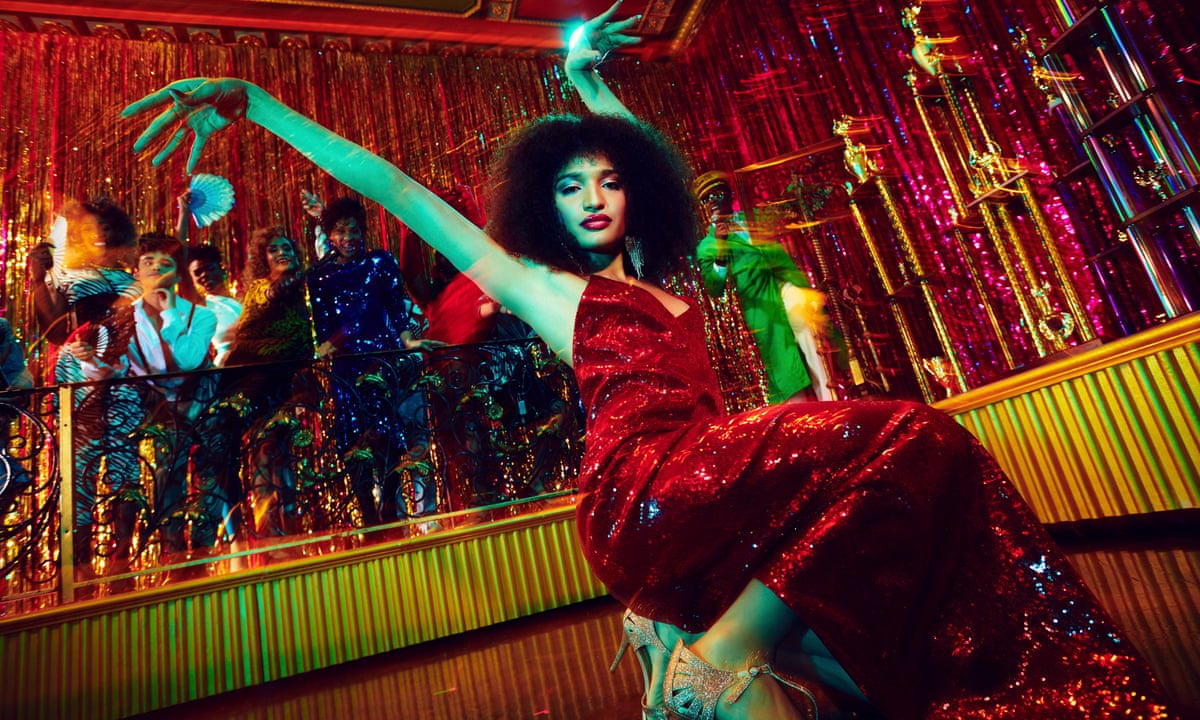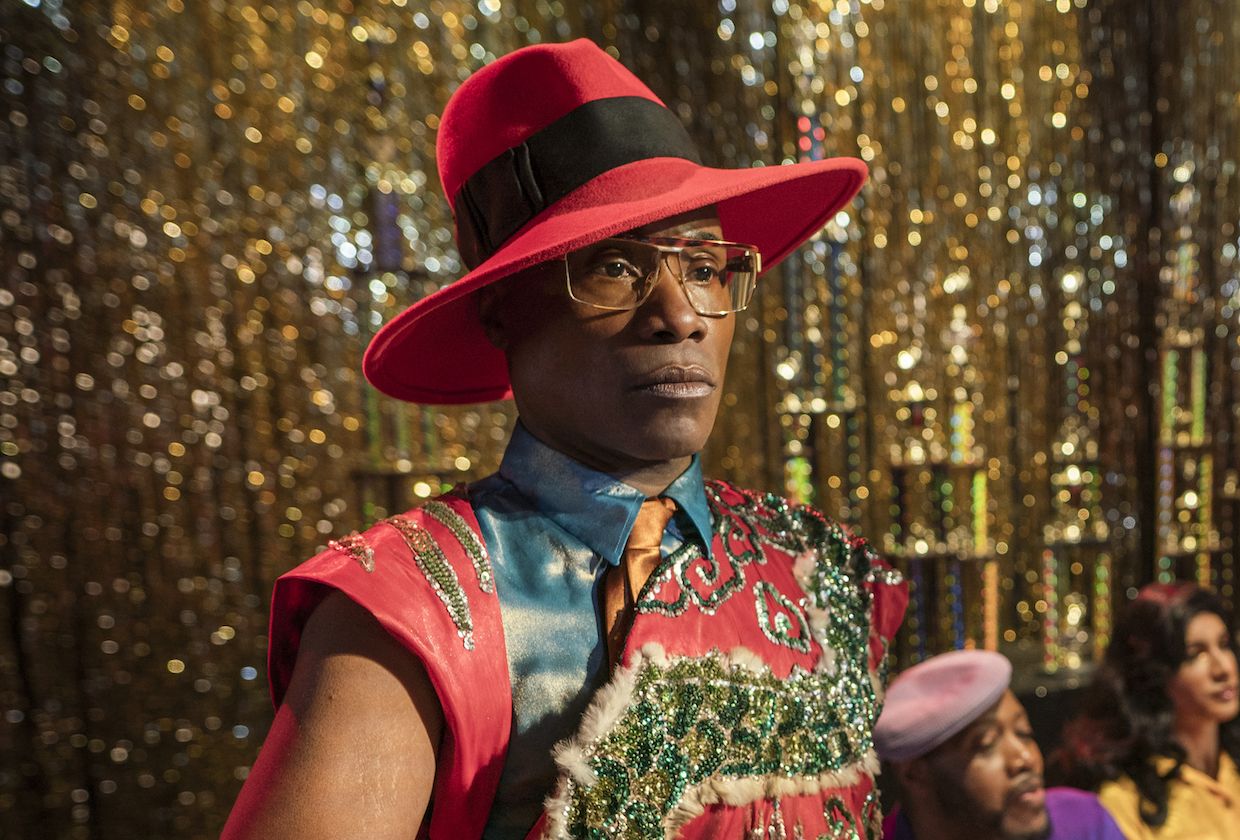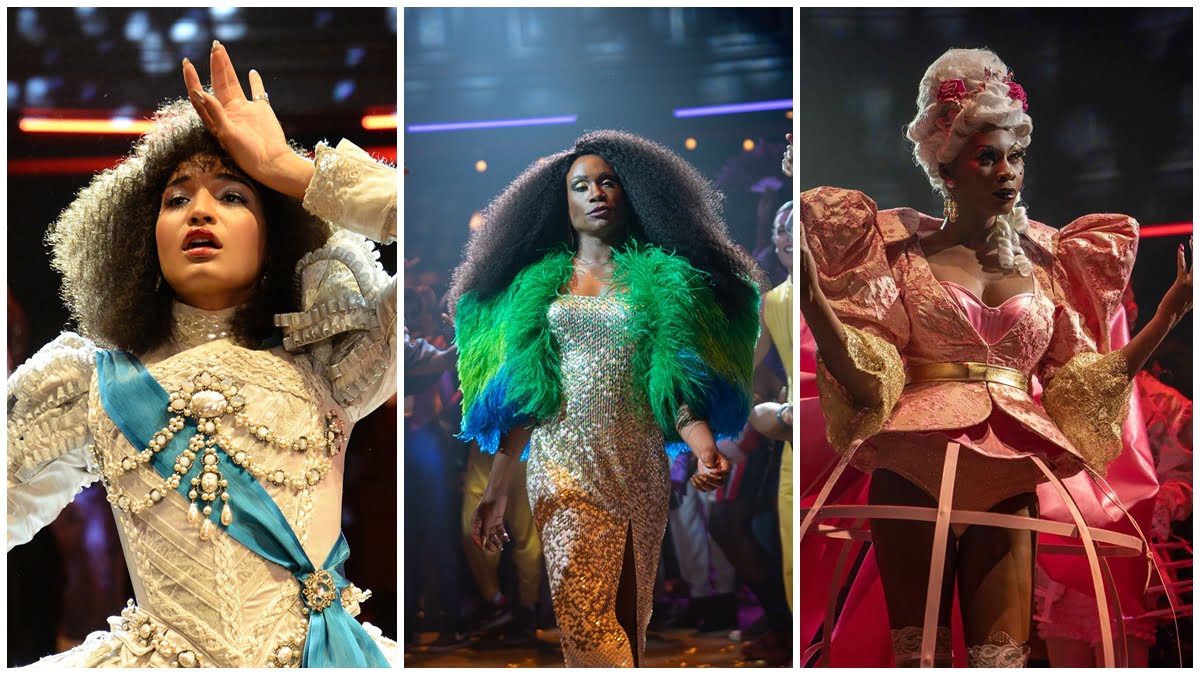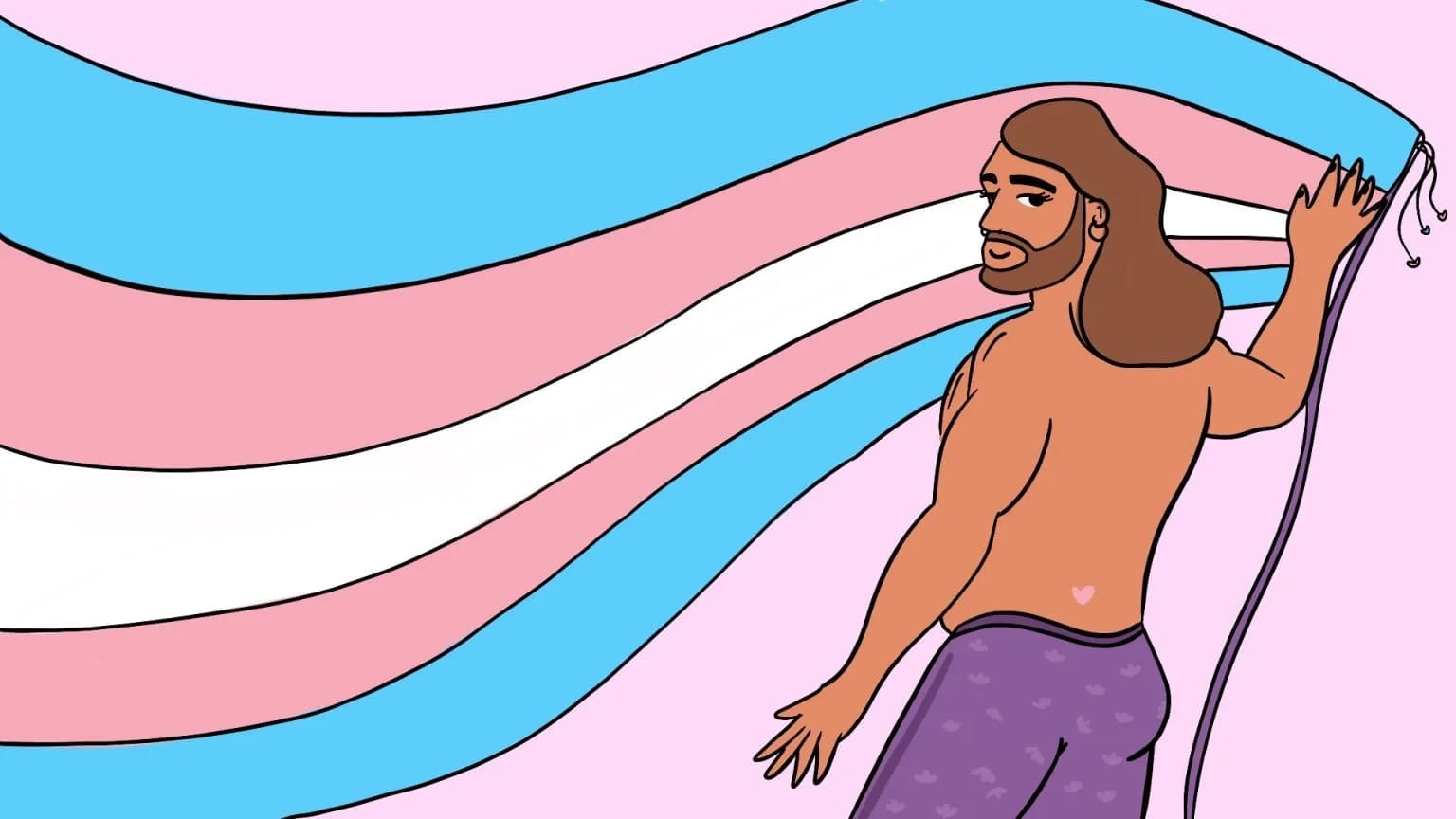Humans love stories; good stories take us to places far away and help us step into the shoes of characters who are very different from us. Cinema and television define and shape the culture of the times, acting as a mirror for the society and often times leaving the audience with a message. The characters are the vessels for storytelling, offering profound insights into human nature and the society at large. This is why representation matters. Today with streaming platforms dominating the entertainment industry, we have more content to consume than ever, and thus more opportunities to tell authentic stories. We have already seen a rise of such content with ground-breaking shows such as Fleabag, I May Destroy You, Atlanta, Sex Education, Grace and Frankie, that have explored subjects such as womanhood, sexual assault, sexuality, and age with a sensitive, inclusive and conscious understanding.
Yet the global film and show business industry continues to suffer a dire lack of good representation of marginalised communities. The most recent example in Indian cinema being Laxmii, a remake of the 2011 Tamil film Kanchana, starring Akshay Kumar and Kiara Advani, revolving around a man who gets possessed by the ghost of a transgender woman. The movie enforces every single stereotype embedded in the Indian understanding of transgender and gender-non conforming people and reduces them to a caricature. It claimed to have given space to the trans community, yet the trans character is regrettably played by a cisgender-heterosexual man. This is unfortunate, because we, as a people have been consistently regressive in our understanding, alliance and support of the LGBTQIA+ community and the movie is an evidence of that.
Also read: What Is Transgender Awareness Week? Let’s Learn Together
FX’s POSE (streaming on Netflix) is an American TV series, a period drama, centred around the 1980’s and ‘90s New York City’s African-American and Latino LGBTQ and gender-nonconforming ballroom culture scene.

Representation of trans characters in television and cinema has been limited by cis gaze. They are often treated as objects of mockery or entertainment, and are robbed off their stories of authenticity, sincerity and honesty. Every once in a while, though, there comes a work of art, a TV show, a movie that succeeds to transport its viewers to a new place, a different era, representing characters with diverse social and cultural identities and doing it the right way. FX’s POSE (streaming on Netflix) is one such American TV series, a period drama centred around the 1980’s and ‘90s New York City’s African-American and Latino LGBTQ and gender-nonconforming ballroom culture scene.
POSE and its near-perfect re-creation of the 1980’s and ‘90s ballroom scene: Premise – The Ballroom Culture and House Culture
Ballroom culture, drag culture, ballroom scene or house culture is the African-American and Latino underground LGBTQ+ subculture originating in New York City, in which people walk for trophies or prizes at events known as balls.
Events are divided into diverse categories that mix dance, performance, lip-syncing and modelling. The origin of ball culture was a result of the lack of acceptance that the LGBT community endured in the society. It is a symbol of defiance and urgency, a statement of reclamation of space. It was in the late nineteenth century when the members of underground LGBTQ+ community started organising masquerade balls called ‘drags’ in defiance of laws that banned individuals from wearing clothes that were assigned to the other gender. Majority of the members were Latin American and African American, which ultimately led ball culture to include gay, lesbian and trans Latino and Black people. The racial discrimination within the existing ball culture in the 1920s is what urged Black and Latino individuals to form their own balls.

Most of the members of the LGBTQ+ community are often disowned by their families at a young age, and thus suffer ostracisation and homelessness. Houses serve as alternative families, primarily consisting of Latino and Black LGBTQ people, who provide shelter, safety, and familial comfort for those who have been kicked out of their homes. They are led by “mothers” and “fathers”, usually older members of the ballroom scene who provide them with support and shelter. The “children” of the house adopt the name of the house as their last name. Houses that win trophies and receive recognition reach the rank of legendary.
POSE does representation the right way – both on and off screen
POSE is created by Ryan Murphy along with Steven Canals (who wrote it and pitched it to 167 executives and got rejected by them all before meeting Murphy) and Brad Falchuk and features the largest cast of transgender actors in the scripted television history. Murphy made sure that the involvement of transgender people wasn’t just limited to the screen; he employed a large number of trans folkx behind the camera as well in order to let trans people of colour tell their own stories and build credibility and authenticity in the show’s message. POSE writer/director/producer and transgender rights activist, Janet Mock was made one of the chief architects of the show, making her the first trans woman of colour to write, produce, and direct a network TV episode.
Even the dancers and participants in the show’s ballroom scene are people who are an active part of the contemporary ballroom culture. This has allowed POSE to retain authenticity and ingenuity in its storytelling by re-creating the ballroom scene with the same effervescence and energy as one may expect to feel at an actual ball.
POSE explores important themes that define the queer experience in 1980s
/cdn.vox-cdn.com/uploads/chorus_asset/file/19102063/POSE_210_0555r.jpg)
The first season of POSE is set in 1987-88 New York City, following the life of Blanca, played by MJ Rodriguez who decides to part from her house, the House of Abundance and form a house of her own, the House of Evangelista after finding out that she is HIV-positive. Blanca adopts her children, Damon, a teenager who has been kicked out of his home after his Christian parents find out he’s gay and Angel, played by Indya Moore, a trans woman who works as a sex worker but has aspirations to make it big in modelling, and directs her efforts towards building her house’s reputation. Blanca serves as the emotional centre for POSE, her character exhibiting the family values, acceptance, love and a sense of security that is found within the LGBTQ+ community and that the rest of the society denies them, especially during a time when the AIDS epidemic was at its worst with little awareness and limited treatment options.
The series follows the lives of trans and gay characters, with a significant role played by Broadway star Billy Porter who portrays the role of Pray Tell, the ballroom emcee who later finds out that he is HIV-positive and Elektra Abundance, played by Dominique Jackson, the indomitable mother of the House of Abundance. The show builds an inside-out perspective on the queer life, with queer and trans people at the centre of their stories, not portrayed as mere sidekicks or supporting characters. This is ground-breaking, because so far, the portrayal of queer characters has been marred with fetishisation or objectification – a kind of outsider or cisgender-heterosexual point of view. POSE effectively tries to reverse this by highlighting every major aspect of the queer experience during the late 80s. It celebrates both the glamour of the ballroom scene and the adversity and tension of the rampant transphobia, AIDS crisis, sexism, and racism.

POSE celebrates queer people and lets us feel everything
Right from the grandiosity and the glory of the balls, to the heart-wrenching portrayals of the innate fear that gay and trans people lived with at a time when the community suffered from several hardships – the prevalence of and the stigma attached to HIV and AIDS, government’s mishandling of it, the rising number of deaths within the community because of it, the violence against and killing of trans women of colour (especially sex-workers), the rise of the Trump era and white America and its contrast to the lives of queer people who were constantly striving to find their place in the society—POSE doesn’t rely on evoking emotions such as sympathy; it portrays the grit, resilience and fight that every character in the show embodies, which is the very essence of queer power.
The show highlights themes such as the family and ‘sisterly’ values within the community, personal lives of trans people, their desires and experiences in relationships, their relationships with their bodies (with many desiring sex change surgeries).
The second season of POSE focuses on the ‘90s New York city ballroom scene. A number of things have changed, including the catapulting of ballroom scene and vogueing into mainstream popular culture as a result of Madonna’s smash hit song “Vogue”, inspired by the dance form Vogue which was popular in the underground gay club scene. Most of the characters are struggling with HIV or AIDS, many have found more and better opportunities for work as dancers, models or performers, many have turned to activism to raise awareness about AIDS with ACT UP. The change in the ballroom culture in the ‘90s after its short-lived rise to fame and the incessant AIDS related deaths in the community is portrayed skillfully.
Also read: Film Review: ‘Laxmii’ Is Nightmarish, Triggering And Basically Unwatchable!
At its heart, POSE transports us to a very dynamic era for the LGBTQIA+ community and lets us live life through the queer lens, allowing us a glimpse into their world and an opportunity to understand the queer and trans experience a little better.
POSE – queer gaze for the cis eye
POSE has paved the way for creators and dared to challenge existing ways of telling the stories of marginalised people – by making space for them, by letting them tell their own stories inspired by their experiences, by throwing light on their vulnerabilities but more importantly, on their many strengths and their indefatigable spirit to keep fighting for what is theirs. It offers humour, grandeur, wit, beauty, warmth and compassion, sensitivity and profundity that is rare to come by. At its heart, POSE transports us to a very dynamic era for the LGBTQIA+ community and lets us live life through the queer lens, allowing us a glimpse into their world and an opportunity to understand the queer and trans experience a little better.
About the author(s)
Priyanka is an unfulfilled engineer and an MBA graduate from IIM Indore. She is a writer, interested in carving the world through her biased lens, painting pictures with heavy imagery and highlighting the mundane, often ignored, but essential aspects of life. Her latest project is The Mental Indian, an attempt to de-stigmatize mental health in India, through stories, perspectives and conversations.




